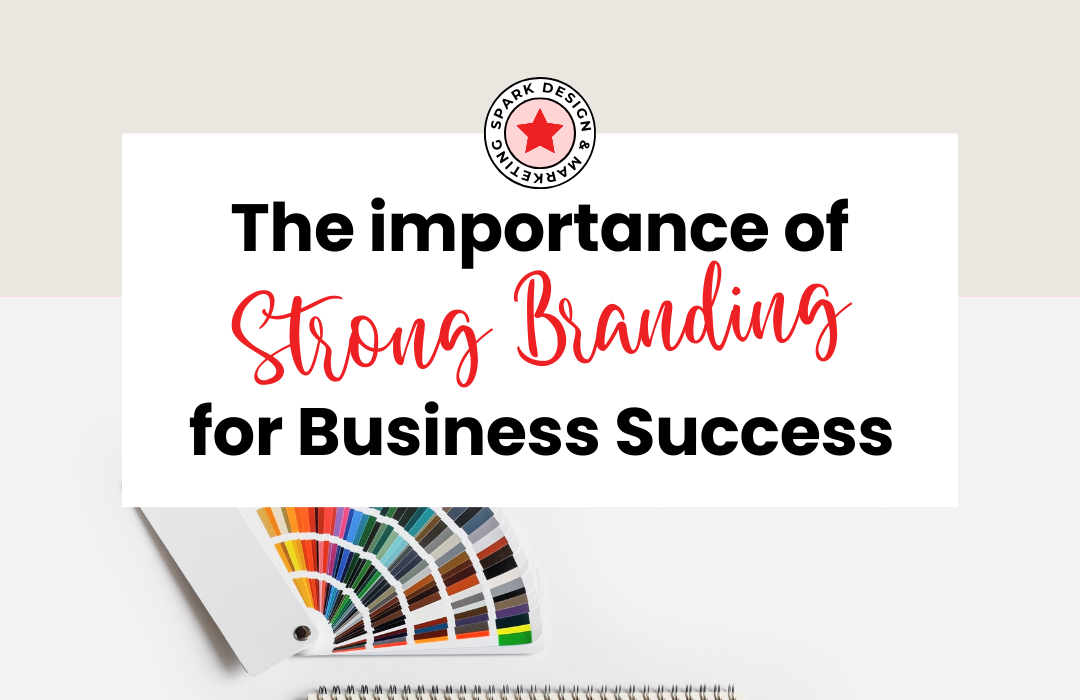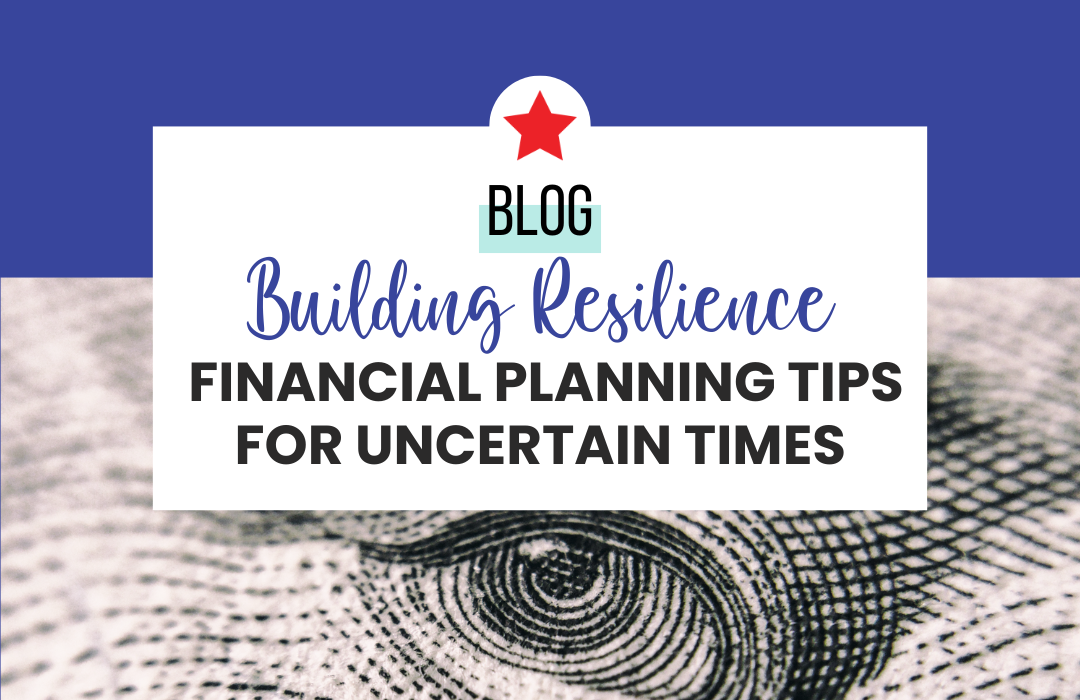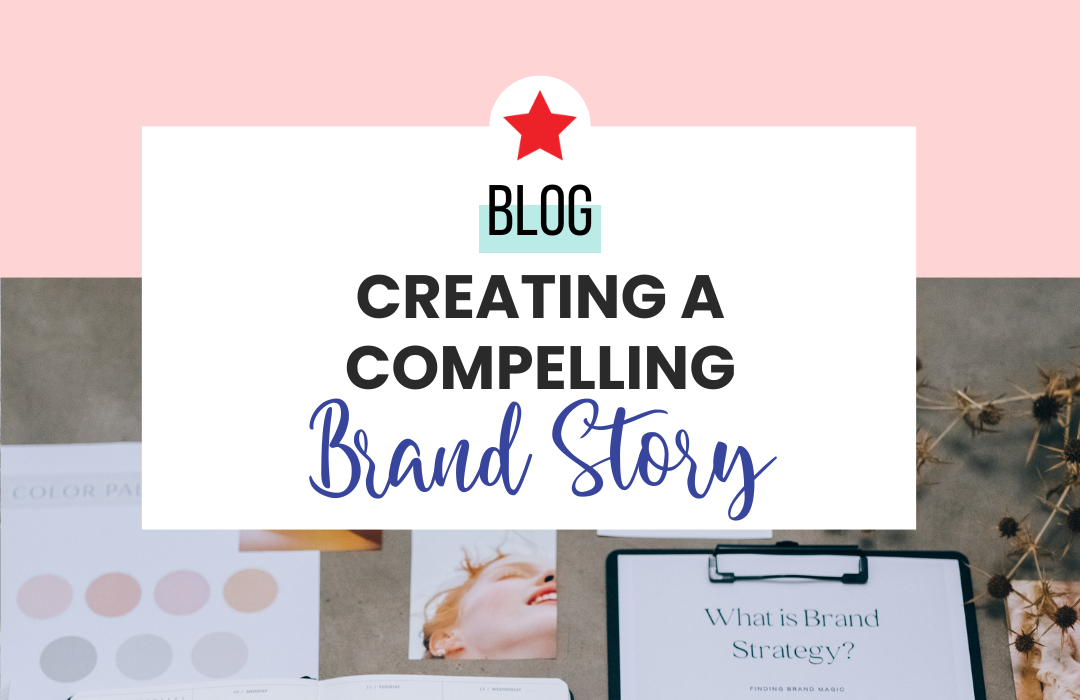[et_pb_section fb_built=”1″ _builder_version=”3.22″ custom_padding=”||25px|||” global_colors_info=”{}”][et_pb_row _builder_version=”3.25″ background_size=”initial” background_position=”top_left” background_repeat=”repeat” custom_padding=”17px|||||” global_colors_info=”{}”][et_pb_column type=”4_4″ _builder_version=”3.25″ custom_padding=”|||” global_colors_info=”{}” custom_padding__hover=”|||”][et_pb_text _builder_version=”4.13.0″ background_size=”initial” background_position=”top_left” background_repeat=”repeat” global_colors_info=”{}”]
In today’s fiercely competitive marketplace, branding goes beyond just a memorable logo or a catchy tagline. It encapsulates the essence of what your business stands for—its values, aspirations, and the unique value proposition it brings to customers. Strong branding not only helps you stand out in a crowded market but also builds long-term value as you connect with your audience on an emotional level. Here is a comprehensive exploration of why robust branding is critical for the success of any business.
What is Branding?
Branding is a marketing practice that involves creating a name, symbol, or design that identifies and differentiates a product from other products. An effective brand strategy gives you a major edge in increasingly competitive markets. But it’s not just about the visual identity; branding is the perception that a consumer has when they hear or think of your company name, service, or product.
Building Recognition and Loyalty
One of the chief components of branding is consistency. Consistent, strategic branding leads to strong brand equity, meaning the added value brought to your company’s products or services allows you to charge more for your brand than what identical, unbranded products command. The most obvious example of this is Coke vs. a generic soda. Because Coca-Cola has built a powerful brand equity, it can charge more for its product—and customers will pay that higher price.
The Role of Visual Identity
Your logo is the ‘face’ of your company, but strong branding extends well beyond logos. A professional visual identity helps establish a company as trustworthy and professional. Your branding should be visible and consistent in everything that leaves your office – business cards, websites, social media, proposals, etc.
Emotional Connections and Loyalty
Strong branding establishes an emotional connection with customers, which can drive customer loyalty. This emotional connection is built on the foundation of trust. Trust is built through consistent experiences and interactions with the brand. If customers feel emotionally connected and trust your brand, they are more likely to buy from you repeatedly.
Differentiating from Competitors
In a crowded market, a well-defined brand can be a huge competitive advantage. Your brand is what makes your business unique in the eyes of your customers. It’s not just about what you sell but how you sell it and what your brand stands for in terms of values, mission, and vision.
Crafting a Unique Selling Proposition (USP)
A USP is what your business stands for. It’s not just about what you sell, but how you sell it. Your USP should be something distinct that makes your business stand out from the rest. How you determine this can involve a mix of customer research, market analysis, and internal reflection on what your business values most.
Enhancing Credibility and Ease of Purchase
Strong branding enhances business recognition and makes the business more credible to the outside world. This credibility is crucial for new customer acquisition as consumers are more likely to purchase from a business that appears polished and legitimate.
Simplifying the Decision-Making Process
Good branding encompasses the entire spectrum of customer experience: logos, websites, social media, customer service, etc. This consistent experience helps customers remember your brand and makes choices easier, which often leads to higher sales and customer loyalty.
Attracting Talent and Building Culture
Strong branding doesn’t only attract customers; it also attracts employees. A well-established brand can draw in talented individuals who are eager to work for a reputable and respected brand. This can create a strong organizational culture which further enhances the brand from the inside out.
Creating Advocates
Employees who believe in the brand are more likely to become advocates. This advocacy can extend to their own social circles, further enhancing the brand’s reach and credibility through word of mouth, which remains one of the most effective forms of promotion.
Driving Business Growth
Ultimately, strong branding is an essential driver of business growth. It can lead to increased customer loyalty, better market positioning, and a competitive edge that allows businesses to expand their market share. Over time, strong branding leads to increased profitability through enhanced recognition, loyalty, and credibility.
Consistency Is Key
The key to successful branding is consistency across all channels. This helps reinforce the brand’s message and what it stands for, which should be reflected in every part of your business—from your website and marketing materials to your products and customer service.
The power of strong branding is evident in its ability to transform companies from mere players in the market to beloved brands revered by customers. Investing in a well-thought-out, consistent branding strategy is crucial for any business aiming to not just survive but thrive in the competitive landscape. Remember, branding is a complex process but one that offers invaluable rewards in terms of customer loyalty, market differentiation, and ultimately, business success.
[/et_pb_text][et_pb_code _builder_version=”4.13.0″ _module_preset=”default” global_colors_info=”{}”]
[/et_pb_code][/et_pb_column][/et_pb_row][/et_pb_section][et_pb_section fb_built=”1″ _builder_version=”4.13.0″ _module_preset=”default” global_colors_info=”{}”][et_pb_row _builder_version=”4.13.0″ _module_preset=”default” global_colors_info=”{}”][et_pb_column type=”4_4″ _builder_version=”4.13.0″ _module_preset=”default” global_colors_info=”{}”][et_pb_code _builder_version=”4.13.0″ _module_preset=”default” global_colors_info=”{}”]
[/et_pb_code][/et_pb_column][/et_pb_row][/et_pb_section][et_pb_section fb_built=”1″ _builder_version=”4.13.0″ _module_preset=”default” global_colors_info=”{}”][et_pb_row _builder_version=”4.13.0″ _module_preset=”default” global_colors_info=”{}”][et_pb_column type=”4_4″ _builder_version=”4.13.0″ _module_preset=”default” global_colors_info=”{}”][et_pb_post_slider include_categories=”current” orderby=”rand” use_manual_excerpt=”off” _builder_version=”4.13.0″ _module_preset=”default” global_colors_info=”{}”][/et_pb_post_slider][/et_pb_column][/et_pb_row][/et_pb_section][et_pb_section fb_built=”1″ _builder_version=”4.13.0″ _module_preset=”default” global_colors_info=”{}”][et_pb_row column_structure=”1_2,1_2″ _builder_version=”4.13.0″ _module_preset=”default” global_colors_info=”{}”][et_pb_column type=”1_2″ _builder_version=”4.13.0″ _module_preset=”default” global_colors_info=”{}”][et_pb_image src=”https://sparkbusinessconsulting.com/wp-content/uploads/2024/06/June-Blog-Thumbnail-Pinterest-Pin-1.png” alt=”How Do I Know if Profit First is for Me?” title_text=”June Blog Thumbnail (Pinterest Pin) (1)” _builder_version=”4.13.0″ _module_preset=”default” global_colors_info=”{}”][/et_pb_image][/et_pb_column][et_pb_column type=”1_2″ _builder_version=”4.13.0″ _module_preset=”default” global_colors_info=”{}”][et_pb_image src=”https://sparkbusinessconsulting.com/wp-content/uploads/2024/06/June-2-PIN-Quote-White.png” title_text=”June #2 PIN Quote-White” _builder_version=”4.13.0″ _module_preset=”default” global_colors_info=”{}”][/et_pb_image][/et_pb_column][/et_pb_row][/et_pb_section]









